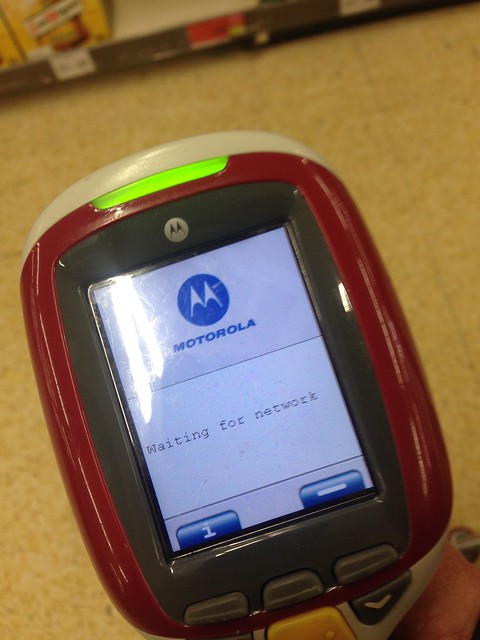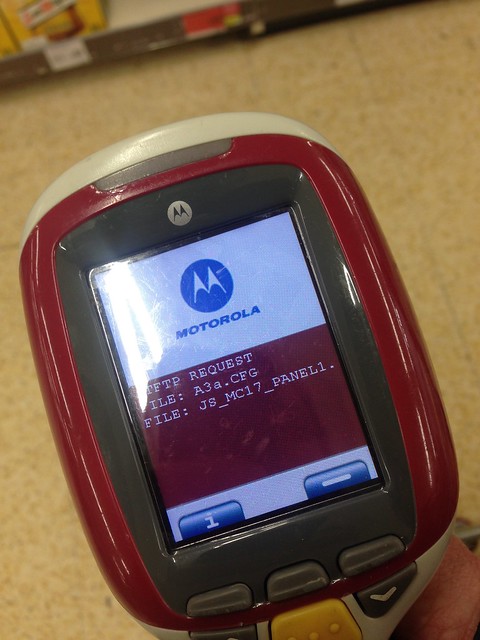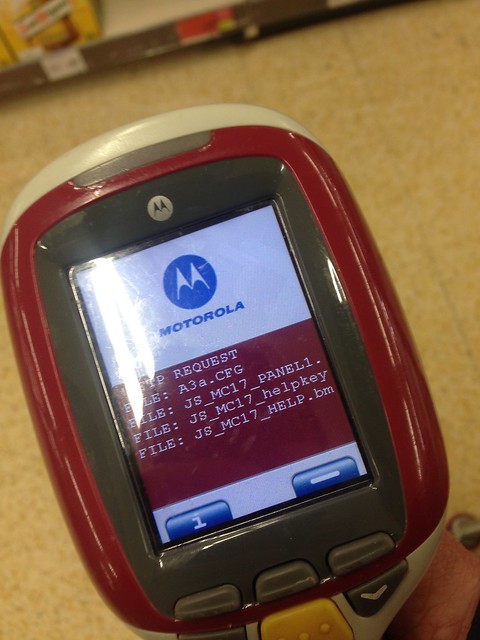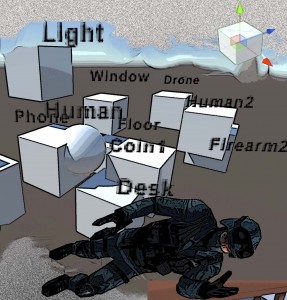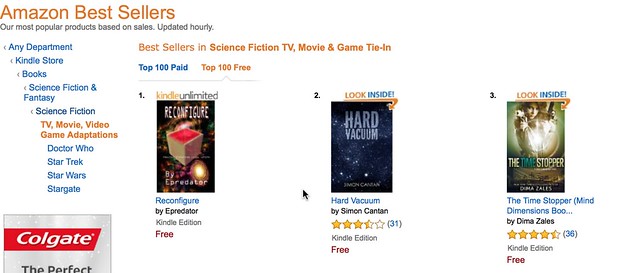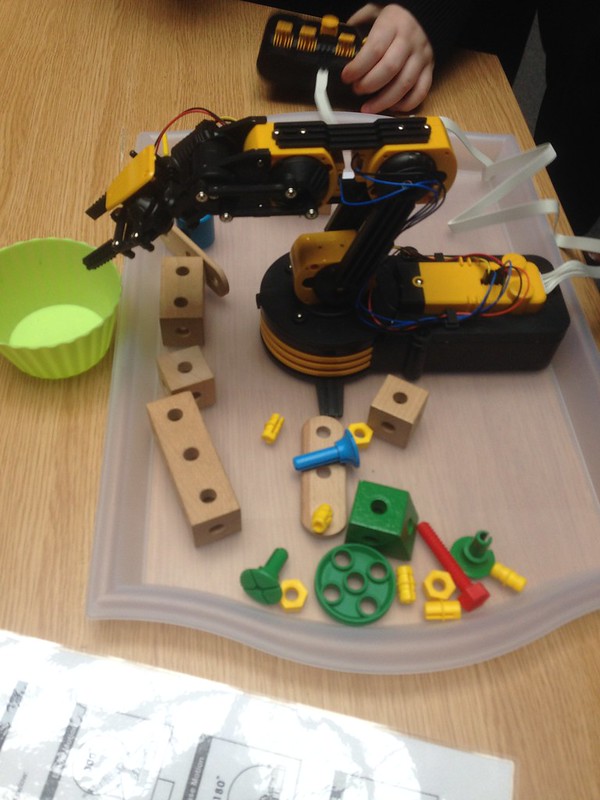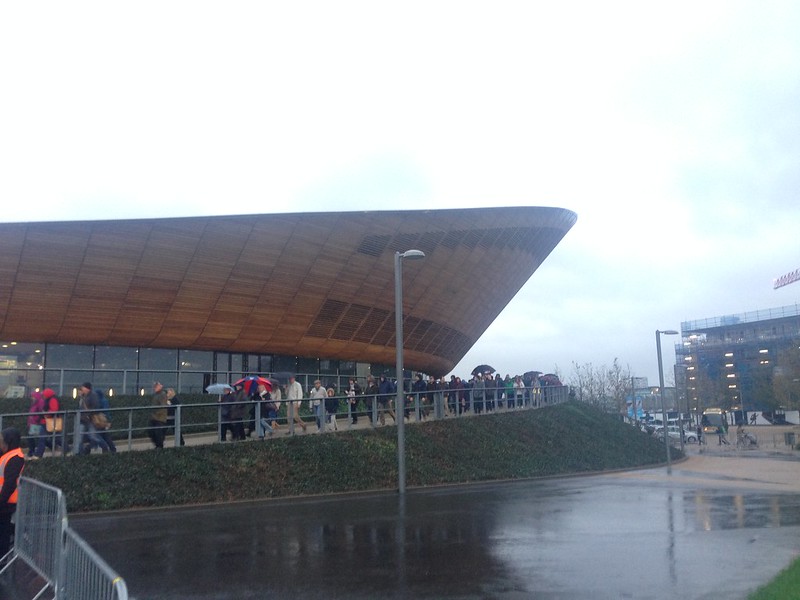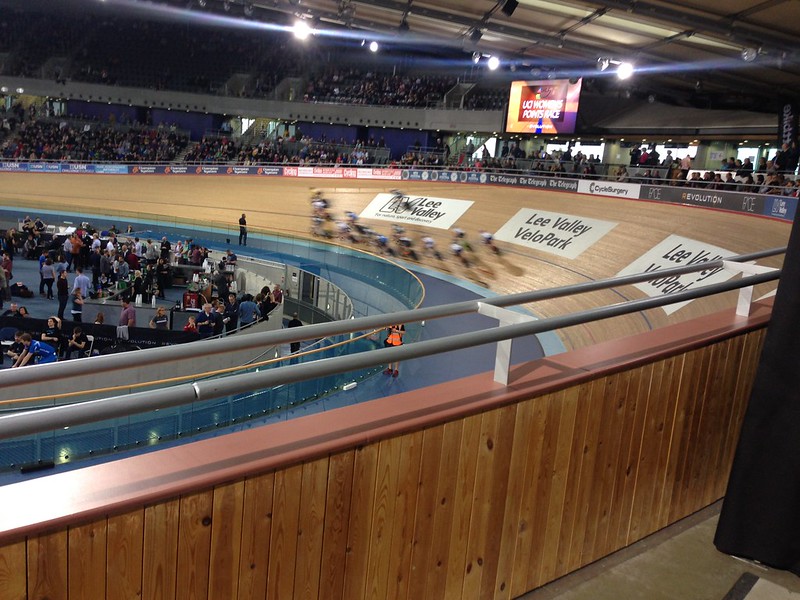On Friday I had the great pleasure to be asked back to GamesAtWork.biz to talk about the relevance of writing a sci-fi book and how it fitted with both games and software development processes. In order to get my thoughts in order I decided to write a post on Linkedin’s Pulse blogging platform. I have tended to avoid posting other places as I though a central place, here, made more sense. It would seem that it is worth doing both, all, everything though. The fact it was a different platform made me think in a slightly different way. The full post is below, just in case you don’t get around to reading it on Linkedin.
A few more additions to promotional opportunities have happened since too.
I created a Call Of Duty Black Ops iii emblem (not quite as good as the car decals but the tool set is a little less rich I think)
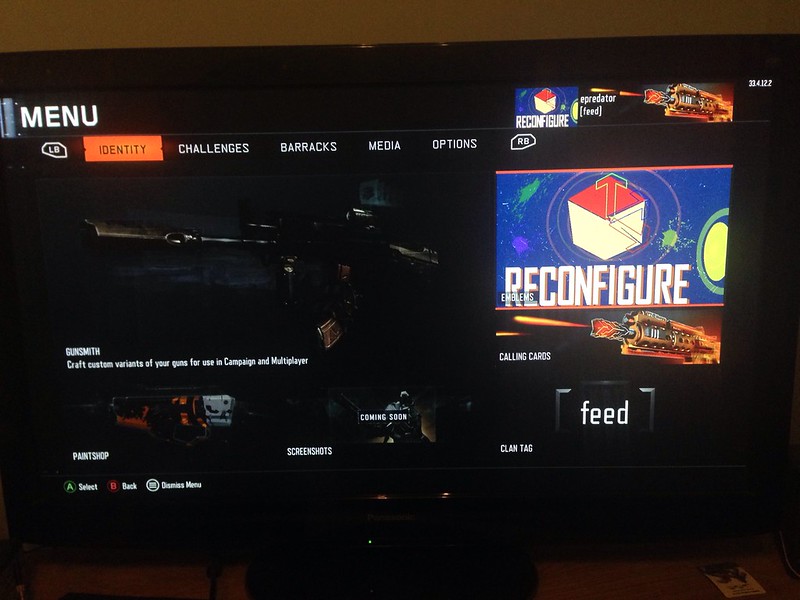
Also there is now an evolving Icon that you can apply from Zymge.com to your Twitter avatar There are lots of other types of overlay stickers that this service can do for you too. Well worth a look.
Here is the Linkedin Pulse post.
I have not written directly on Linkedin before. However now seems a good time. As a long time blogger and contributor to all sorts of other forms I thought I would share here some of what led to me turning my hand from building virtual worlds and making sense of new technology for people, to creating a science fiction novel, and now working on the sequel. The book is linked from Reconfigurebook.co.uk
As a creator of a single person company in the emerging technology space it is quite tricky to get the right sort of work that both pays, is fulfilling and increases the skill base that I have gained over the past 26 years in the industry.
Creating code and architecting systems allows me to use a full stack of skills. In the world today it is much easier to punch above your weight. I recommend everyone, who is a techie, to just have a go making something end to end. I have done that a number of times, but usually for other people. I have never had a product of my own as such. I have worked with and helped a number of startups, those are long term investments in time and emotional effort. They seldom have yet yielded a product I could point to and say there… that’s what I built.
I had a short TV career, by short I mean 3 years of 39 episodes of weekly TV. That is something I was very proud of but the TV companies do not keep that sort of stuff up on the web. Even though the slots on tech were still relevant today they are really tied up in licensing and not just sitting on Youtube. Again no product.
My 20 years at IBM did see a number of project that were flagship ones in the development of the web, but the end results are now no longer there. The virtual world work, which I still continue today is constantly shifting. The old build in Second Life are now just memories. A few stills and movies remain. There is nothing to share as such. Reputation is fleeting after all.
So I was left thinking I need to build something. I needed to create something end to end as a challenge. I was contemplating various games to make, I started on a few but they did not grab me. I know when I am stoked, and with those I was not.
Sat on Holiday I read the Martian. I loved the scientific depth and a sense of genuine substrate to the emotional layer and adventure on top. A few days later I had an image in my head, related to virtual worlds and gaming. An image of a character being rotated in space. A thing we often have to do in virtual worlds. I imagined what it would be like to do that for real. Again another thing people often talk about when they have used a virtual reality system for a while. If only we could manipulate the real world like this. I then thought of the Internet of Things, and how we instrument the world. I then consider how we could use that to reconfigure the world. Boom I had a title Reconfigure.
As I noodled the idea I realised I wanted to get real tech that I knew into the story. I wanted to go full g33k in the set up. Taking real virtual world tech and code and then extrapolating it. I also wanted my main character to make the same mistakes we all make. That was where the idea of the starting point came. She, (and it just happened She became a She instinctively) makes a misplaced Tweet. Types in the wrong window. It is a thing we have all done. I think that makes a good hook. Instead of just hassle though she makes contact with someone or something.
Having got that basis I came home and sketched a story board. I had key types of things I wanted to happen. I had these initial images in my head but had to find the peril, the adventure. I had to find things that were difficult to solve in clever ways.
This is where is became a lot like coding a system. I had problems and sticking points in the storyboard. I had an architecture. I had to work out the code (in this case, words) to pass the tests that allowed this to work and flow.
It became an obsession for a couple of weeks flat out writing. It felt like binge-watching a boxed set. I did not always know what was going to happen, or if I did I didn’t know the details until I started. It was invention, just like a patent. I felt duty bound to make sure it stood up to some degree of reasoning and logic despite getting into the fictional elements.
That was the really fun part. I was, and I am, really happy with the story. So much so I just started on the sequel. It seems to be flowing in the same way though I have learned from my experience on the first book about hen to stop and check. Just like code, sometimes you find a better algorithm and just have to break the code again to fix it.
Doing this myself I had to learn about the formatting and setting for e-readers and specifically Kindle. I also created a sort of beta reader programme for some friends and family to help iron out the typos and bugs. It is impossible to see it all yourself when you are so close to it. That was a humbling experience in itself.
The vagaries of the US tax system, despite being Uk based and a few other little quirks all took a little time. The cover design and using the right format and size all took a while. I am not a designer, but I wanted to give it a go. I tried a couple of covers and got comments about them before settling on this one.
However a the end of October 2015 I published the e-book.
I was expecting, like most first time authors, a massive blip as friends, family, former colleagues and anyone who pays attention on social media or virtual worlds to say “Hey! epredator had written a book, I will take a look at that!” This is a mother humbling experience. There are some very close friends who have done that for me. However I realised that I needed to go wider. My friends and family blip at launch was not going to be big enough to tip the book into the charts.
I was then faced with the almost full time job of advertising and promoting the book. I am still working out the best routes. Amazon is an obvious place to advertise but I also have Facebook, dabbled with Twitter, and some Google Adwords in place.
The advice always seems to be do lots of other things. One of the first things was to brave CreateSpace and typesetting to create the paperback. A physical product still seems to make people think you have done something real. So I did that, and it went live a few days ago.
I always done lots of twists and turns on ideas so these are some of the things I have done in the past few weeks.
- Join Author central on amazon.com and .co.uk
- Create videos – I did a show and tell rather like this post and an advert using my son in a style that fitted with an element of the story (all very meta)
- Create a Forza6 car design – Yes building a lambo with Reconfigure and the book cover all over it let me drop images all over the place and add another promo video around brands hatch. Quite unusual I think?
- Tweet.. A lot ( I am still hoping the saturation with prompt a few more friends to help 🙂 )
- Facebook page – I set up the specific page for Reconfigure before going live and then made that available putting a few extras on there
- Flickr – lots of images, books arriving, weird images of me holding the book etc
- Free prize draw on Amazon.com – Offering a copy of the book in a prize draw run by Amazon to get Twitter followers
- Podcast – Tonight I am talking on Gamesatwork.biz after a kind invitation
- Pay a twitter promoter – I used Bookbear, but there are loads. I may be cheaper than ad clicks
- Change my job title here to Sci-Fi Author at Feeding Edge Ltd.
- Added the logo to my twitter avatar
- Built a second life box to with a link
- Pinged my old eightbar group on in Second Life
- Wrote this post 🙂
- Update 8th November – I also just did the podcast interview on gamesatwork.biz
There are probably more, and there will be more of course. Now much of the chatter I create relates to things in the new book. It’s called Cont3xt at the moment. It follows on and meshes with the timeline of Reconfigure. It is very exciting again. I am back on binge-watching my own series.
I have realised that the aspirational nature of writing, wanting people to enjoy your work and your product is more humbling and scary than exciting. If people don’t buy the book, it’s not because it is not good. They wouldn’t know. With only a few reviews at the moment and not really enough sample size to judge it by I just have to leave it there to be its own thing now.
If every follower and like that I had bought the £1.99/$2.99 e-book today, right now it would hit the top 100. I can see the variance that even a single sale makes to the rank. I don’t have an agent or publisher pushing it. However, I have created what I set out to do and learned a lot in the process about things I was not expecting to learn. That can only be a good thing.
I care about Roisin Kincade, my lead character. Right at the moment she is in quite a difficult place. So I need to keep writing to rescue her. I have the storyboard/architecture and I have some experience in code/writing and testing/editing plus I know how to publish and try to market it. So I best get on with it.
The book, it’s blurb and links to where to get a copy are all on Reconfigurebook.co.uk


